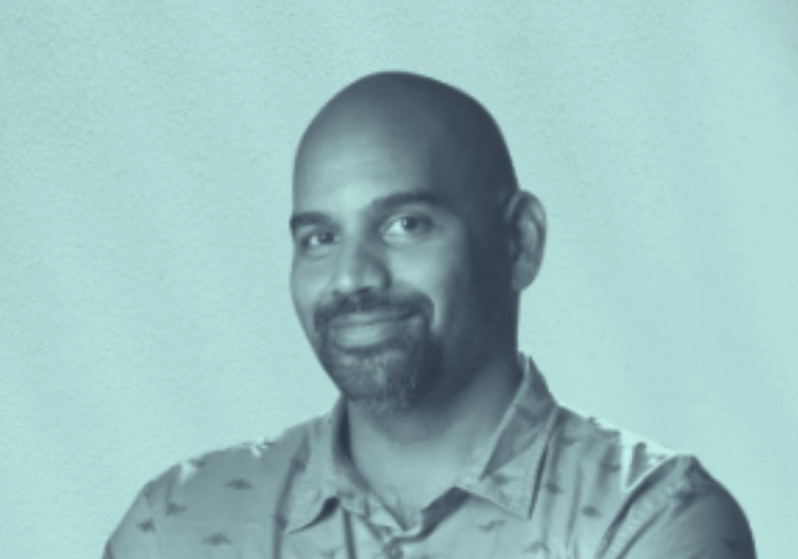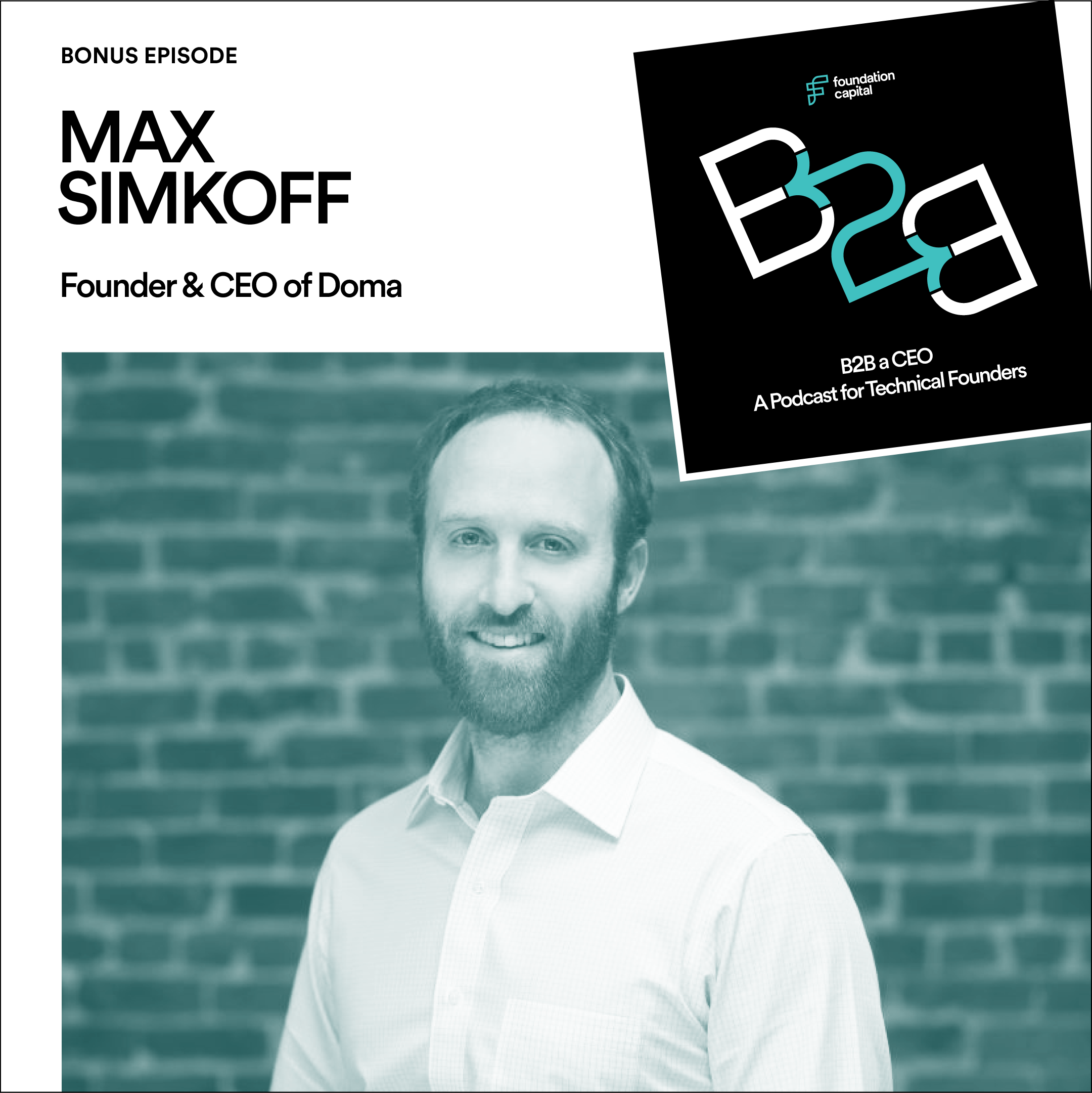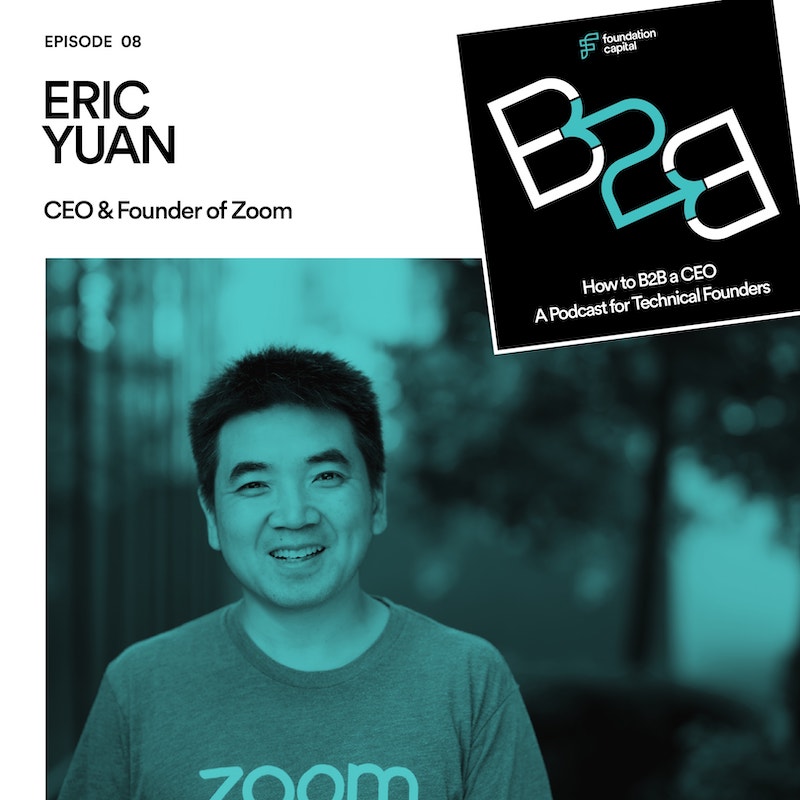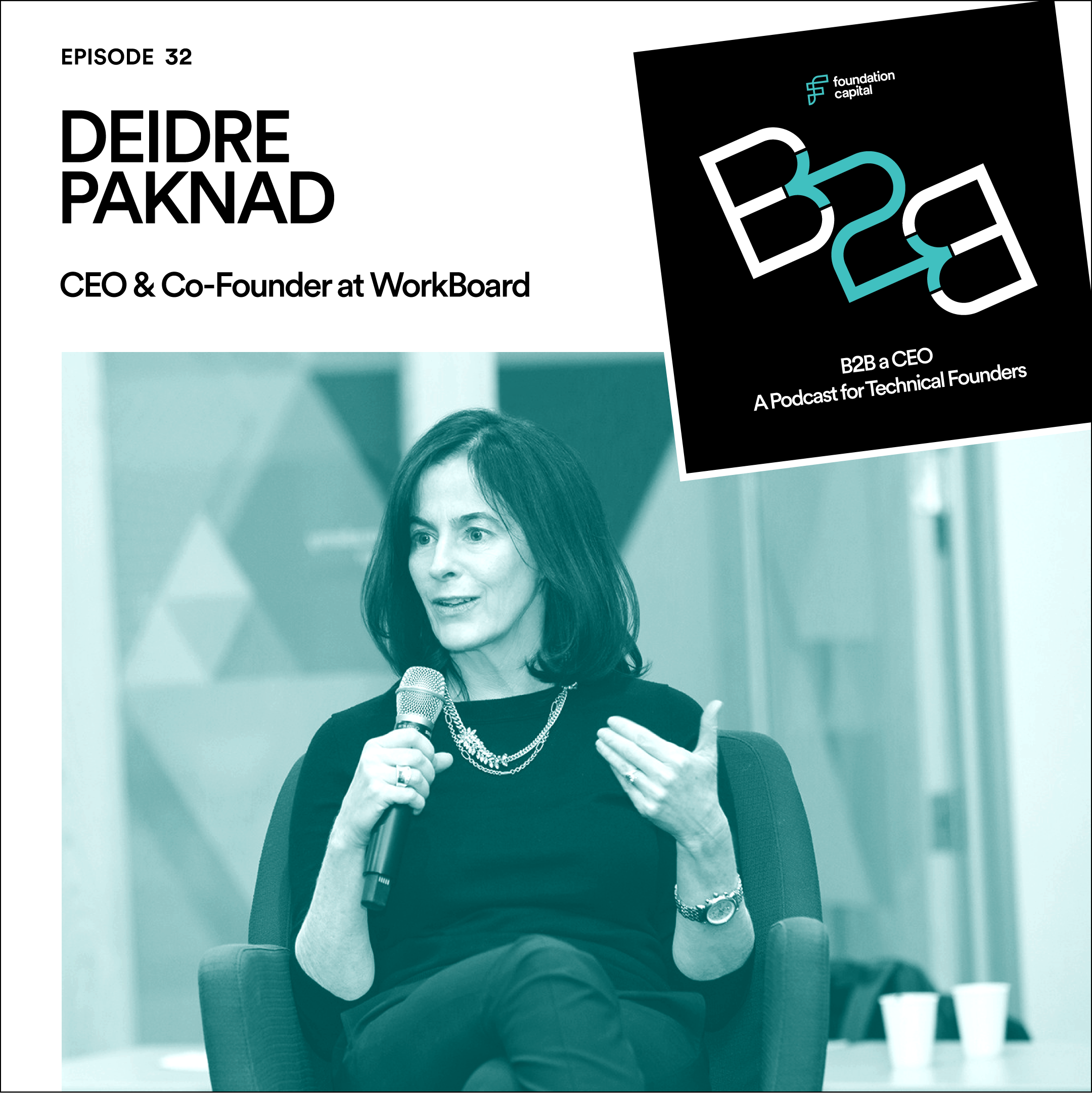EPISODE 06
How to Tell Your Company’s Story
With Tien Tzuo, Co-Founder & CEO of Zuora
By Ashu Garg
11.15.2018
LISTEN AND SUBSCRIBE:
NEWSLETTER / Apple Podcasts / Spotify / Google Podcasts / Simplecast
Tien Tzuo, co-founder and CEO of Zuora, tells me how he tells his company’s story when he pitches to customers and investors and how to scale up to $1 billion.
I. Episode Recap
Tien Tzuo joined SaaS juggernaut Salesforce way back in 1999, serving several roles there including Chief Marketing Officer and Chief Strategy Officer. In 2007, he co-founded Zuora, a cloud-based billing management system for subscription businesses. Eleven years later, Zuora went public with a $1.44 billion valuation. A big-time believer in the subscription economy, Tien also wrote Subscribed: Why the Subscription Model Will Be Your Company’s Future–and What to Do About It. Tien tells me how to tell your company’s story when pitching it to investors and customers, how to scale, and why one-on-one meetings are bad for business.
From Idea to Success
There are lots of great ideas out there. What makes a great idea a great company is identifying a discontinuity that will invalidate what other companies are doing and disrupt the market — in your favor. Discontinuity creates opportunity.
Tien’s story: Tien knew from his work at Salesforce that subscription-based businesses would disrupt more than just the software sector. Companies like Netflix and Zipcar were starting to emerge. So a company that helped businesses manage subscription-based services would have a huge potential pool of customers.
Here’s the Pitch
Whether you’re pitching your company to investors or to customers, you have to tell your company’s story simply and tell it well. Tien sees the pitch as a three-room structure he will guide potential customers through.
- Room One — The World Explain how the world is changing
- Room Two — The Customer Explain the impact that change will have on customers and new needs it will create for them.
- Room Three — The Product Explain what your product does and how it fulfills your customers’ needs.
From Manager to Marketer
As Salesforce’s Chief Marketing Officer, Tien learned several things that he still uses today.
- Marketing requires you to understand what people in your organization do and how they create value outside the company.
- You have to break things down to know how to market them externally.
- Marketing is about choices: understanding your customers’ choices and helping them navigate those choices — ideally towards choosing your product.
Tien’s story: Tien thought of himself as a product manager, not a marketer. Then Marc Benioff called him into his office one day and told him he was Salesforce’s first-ever CMO. Despite Tien’s lack of marketing experience, it worked out well for everyone.
The Framework for Scale
Tien’s favorite framework for a company as it scales:
- Tier 1: Founder/CEO
- Tier 2: about seven people who report to the CEO
- Tier 3: the seven direct reports each have teams of about seven people each. This is typically the company’s first “break point,” where it’s time to create a structure with team leaders and differentiated roles.
- Tier 4: About 100-150 employees. Now CEOs must rely on and trust team leaders to do this and report back when necessary.
At a certain size, you as a CEO can’t focus on only one part of your business; you have to build everything up equally.
In the Business vs. On the Business
Be careful not to spend too much time IN the business, taking away from time you should spend ON the business.
- For example: if you’re spending 70 percent of your time in meetings, you’re only spending 30 percent of your time working on your business. That’s not enough.
- Figure out which meetings you can skip but have a way to know what was covered in them. Have people report back to you what you need to know.
- One-on-one meetings with direct reports will suck up all of your time. By the time you become a four tier organization, your direct reports should be working together as a team, not individually reporting back to you.
- Team problem solving is better than hub and spoke management.
- This will avoid different teams getting mixed signals that can hurt company culture.
Tien’s story: Marc Benioff spent most of his driving time calling his direct reports to ask what was going on and what he needed to know. And wasn’t shy about emailing and calling his chief marketing officer at home at night.
Climbing to $1 Billion
Tien’s advice for new founders is to understand that there isn’t a linear route to $1 billion. Just like with mountain climbing, there will be switchbacks and times where you have to move sideways or even in the opposite direction to find the right path to the top.
- Climbing from $1 million to $3 million: look at what got you to $1 million and what you will need to do to get you to $3 million — and what you have to stop doing.
- It’s about finding a repeatable formula to achieve revenue milestones. Don’t get distracted.
Tien’s story: A founder recently asked Tien if he should pursue a potential customer who had a lot of requirements but would also pay a lot. Tien asked him if he needed that customer to reach the $10 million milestone. He said no. Tien recommended against it, saying it would be a huge distraction from reaching his $10 million goal.
Published on 11.15.2018
Written by Ashu Garg









